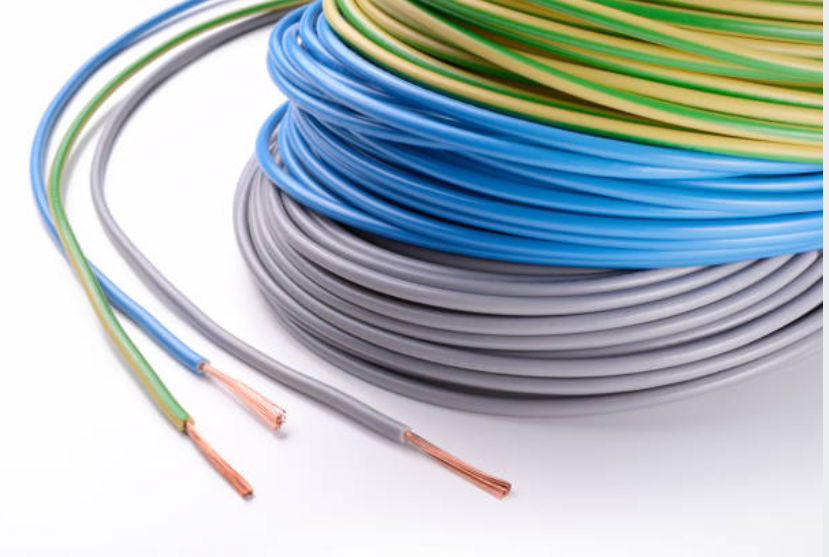Typical outer sheath materials
A cable sheath protects the inside of the cable against mechanical stresses, mixed chemical substances, and temperature influences. There are a variety of materials that can be used to protect the cable from damage. In principle, however, flame retardants or other additives must be added to these materials to increase heat resistance. These mixed sheath materials are known as compounds.
(1) When the cable is subjected to more significant pressure or there is a risk of mechanical damage, it should be armored with a reinforcing layer or metal tape.
(2) In soils where displacement may occur, such as quicksand layers, backfill soil zones, etc., cables should be armored with steel wires.
(3) A higher hardness outer sheath should be used for extruded cables in areas seriously affected by termites. A thin outer sheath with higher hardness can also be extruded on the ordinary outer sheath. The material can be nylon or special polyethylene. Olefin copolymers can also be armored with metal sleeves or steel tapes.
(4) Polyethylene outer sheathing should be used in areas with high groundwater levels.
(5) Besides the above circumstances, an outer sheath without armor can be selected.

Typical outer sheath materials:
PUR for high mechanical stress and contact with mineral
oils
For a heavily stressed cable sheath that must withstand high mechanical loads such as abrasion and lateral pressure, you should ideally use plastic polyurethane (PUR). You need an exceptionally resistant, durable, and cut-resistant material, mainly when the cable is constantly in motion, e.g., in cable chain or torsion applications. PUR is usually the top choice here.
PVC for increased chemical stress
If increased chemical resistance is warranted because the cable is exposed to organic solvents and other chemically aggressive substances, a polyvinylchloride (PVC) jacketing is suitable. PVC cables are also highly flame-retardant.
PE for permanent installation in water or underground
The sheath material frequently used for cables for direct burial is polyethylene (PE). Even with permanent installation in water or outdoor applications, PE is an optimal highly mechanically resistant material.
FRNC/LSZH for structured building cabling and public areas
The protection of people is particularly important in public buildings and transportation. Here, it must be ensured that the components used are both highly flame retardant and emit few toxic fumes in the event of a fire. This is why halogen-free cables are used. HFFR stands for halogen-free flame retardant. The designations FRNC for flame retardant non-corrosive and LSZH for low smoke zero halogens are also standard.